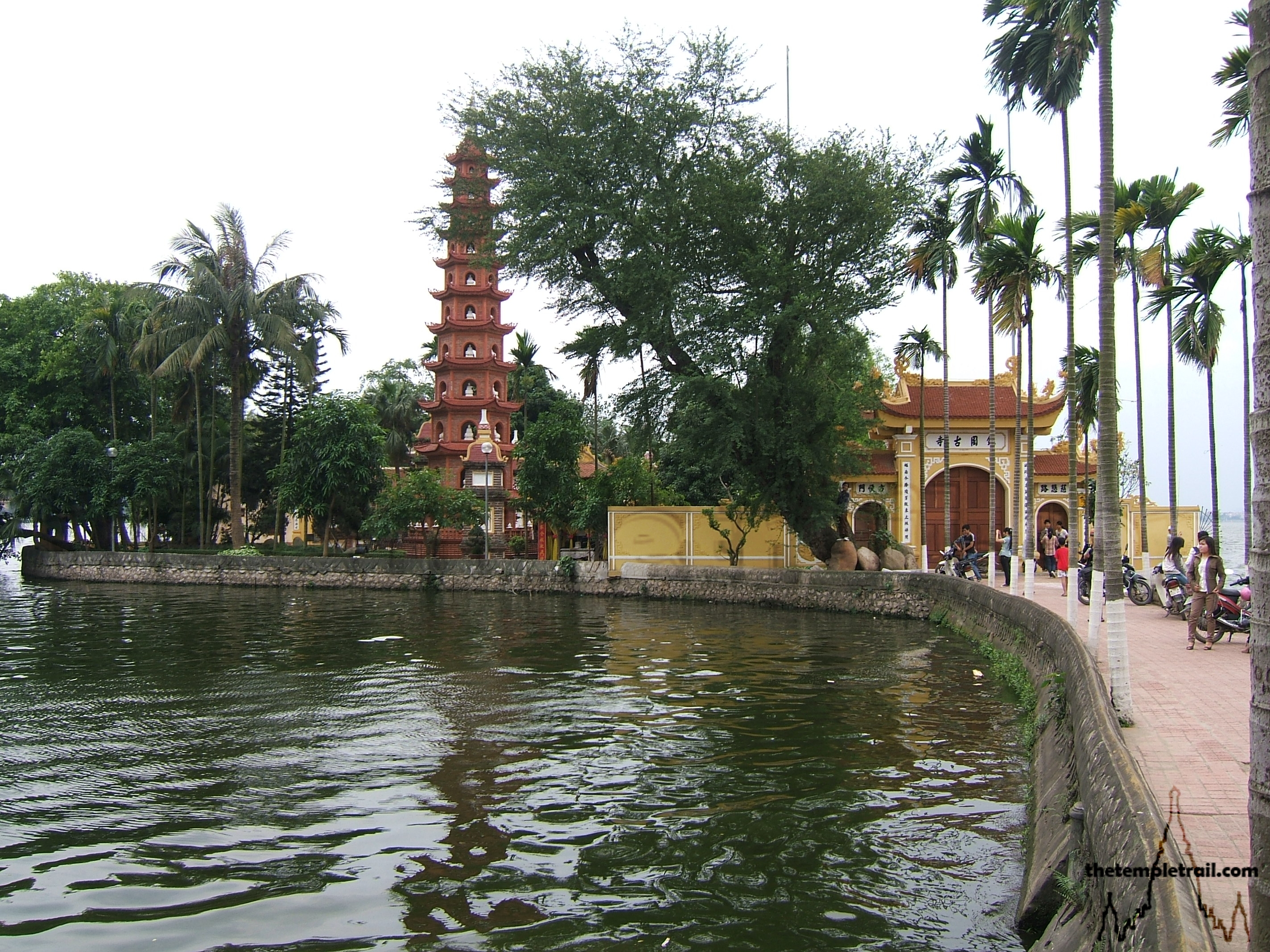After a day of relaxing in the colonial San Miguel de Allende, you decide to leave the sleepy town that is home to so many expat gringos from Los Estados Unidos. After eating your elotes in the plaza while listening to American accents and having taken in the Spanish-style buildings, you decide to make your way to the outskirts of the pretty Mexican town. Driving your car up the winding roads and out of the valley, you wend your way towards a culturally distinct and globally unique landmark. Your car dips into a small forested grove before popping out in front of a whitewashed iglesia (church). The church is quaint, but unremarkable from the outside, but this isn’t what you came for. Parking your car and heading to the front entrance, you pass a statue of Miguel Hidalgo, the firebrand priest who was instrumental in the independence of Mexico. Crossing the threshold and into the darkened interior, your eyes adjust. Suddenly, the reason this place is famed becomes unabashedly apparent. Known as the Sistine Chapel of Mexico, the Santuario de Atotonilco is one of the most spectacular painted churches you will ever see. Officially titled Santuario de Dios y de la Patria, but commonly called Santuario de Jesús Nazareno de Atotonilco, the Sanctuary of Atotonilco is a one-of-a-kind church, which is as stunning today as it was in the 18th century.
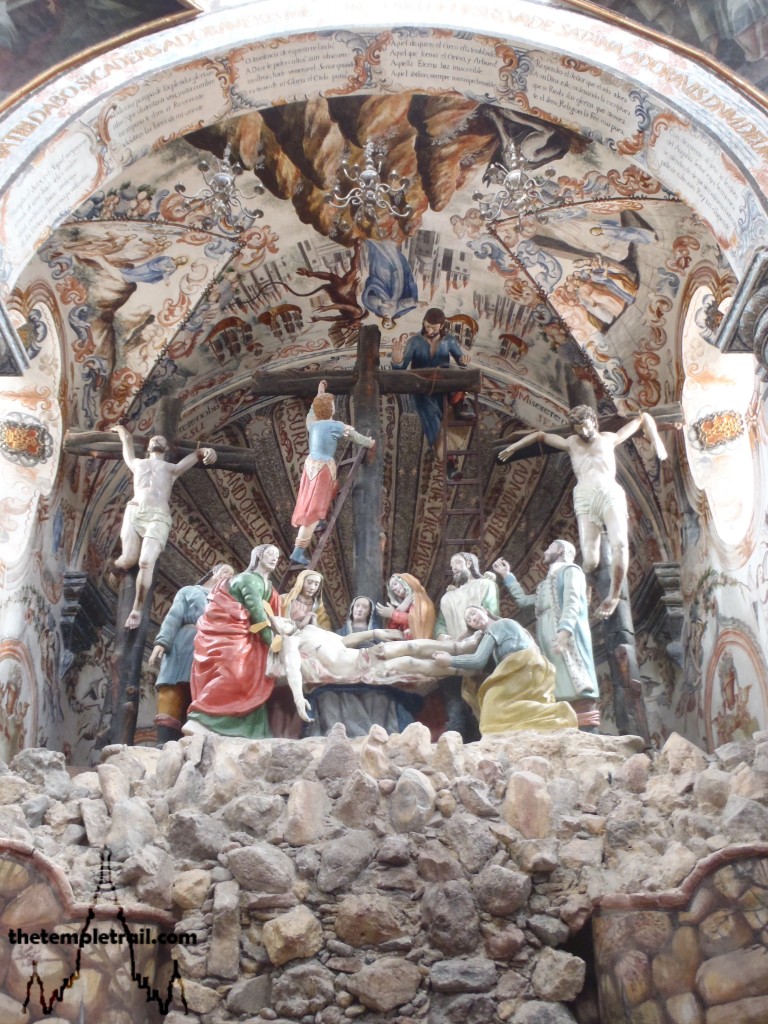
This place has been sacred since ancient times. The Chichimecas used the area to perform ritual punishments with maguey thorns before cleansing themselves in the local thermal springs that Atotonilco (‘ hot water’), is named after. It wasn’t until after the Spanish conquest and foundation of New Spain that the site really came into its own. In the early-to-mid-18th century Father Luis Felipe Neri de Alfaro arrived in the area. Preaching in the nearby Capilla de San Miguelito, he noted that the local Chichimeca people were still not converted to Christianity and used the hot springs for their indigenous ceremonies. After resting under a mesquite tree in the current grounds of the sanctuary, Father Neri had a vision of Jesus wearing his crown of thorns and carrying the cross. In this vision, Jesus told Father Neri to convert Atotonilco into a Christian site. Father Neri purchased the Hacienda de Atotonilco and arranged construction of the church amid the landscape that has been compared to that of Jerusalem.
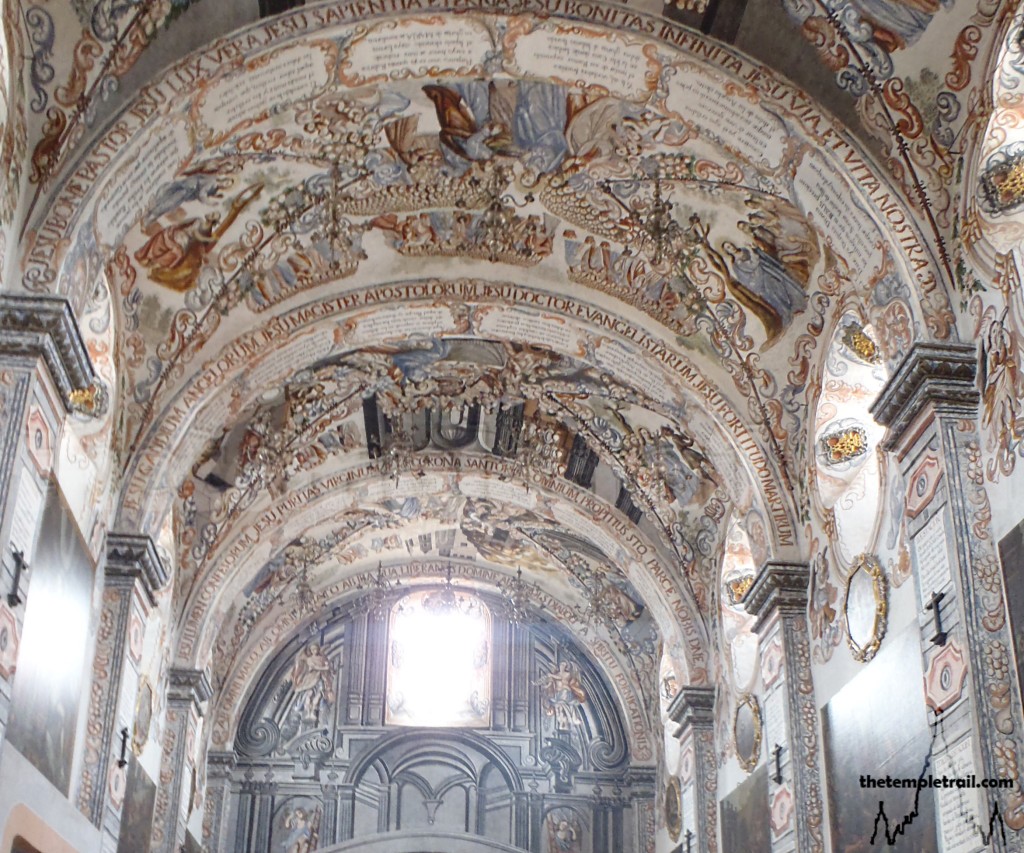
From the laying of the foundation stone in 1740, the structure you see before you took a hundred years to be completed in its entirety. Walking in through the portico, the strong light of the Mexican sun takes a few moments to flee from your eyes. Once your sight has returned, the colours of the chapel start to become clear. A sleepy security guard rests in the shade of the atrium and you are greeted by a pleasant señora who is selling various rosaries and crosses. To your left, part of the crumbling fresco depicts the Americas and to the right, Europe. Both old and new worlds are represented in this church that, culturally, crosses the Atlantic.
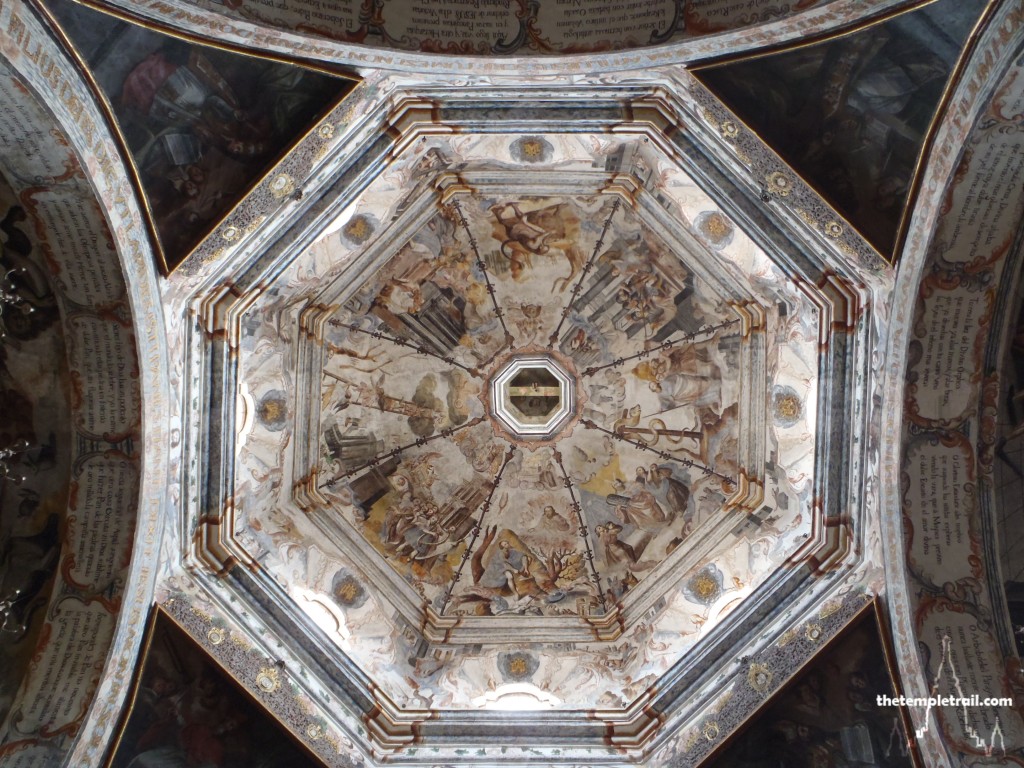
Walking towards the apse, you enter the nave. The chamber lighting is dark at the bottom, but the windows at the top illuminate the chamber in a soft, yet visually stunning way. Your eyes are drawn to the vaulted ceiling and its exquisite artwork. The frescoes sing out of the shadows in their pastel coloured glory. They depict the story of the crucifixion and the figures, despite being diminutive, shine with detail as the narrative is brought to life by each stroke of the artisan’s brush. As you continue down to the end of the chamber, the Jesús de Nazarene looks out at you with his sad eyes. Nearing the statue, the normal gory detail of Mexican church imagery is in full effect and the wounds look as if they were just afflicted. You also take in the partially hidden area on the north side of the choir; La Gloria Escondida (The Hidden Glory), that depicts the Final Judgment, Hell and sin.

The church gives a feeling of pure serenity and you sit in the pews to take a moment of silent reflection. The unwavering gaze of Jesús de Nazarene looks down on you as the time passes. Standing up and doing an about face, you cross the transepts and return back down the nave to the atrium. Here you talk with the rosary lady and for a nominal 10 pesos, you have her unlock the gate to the star attraction of the santuario.
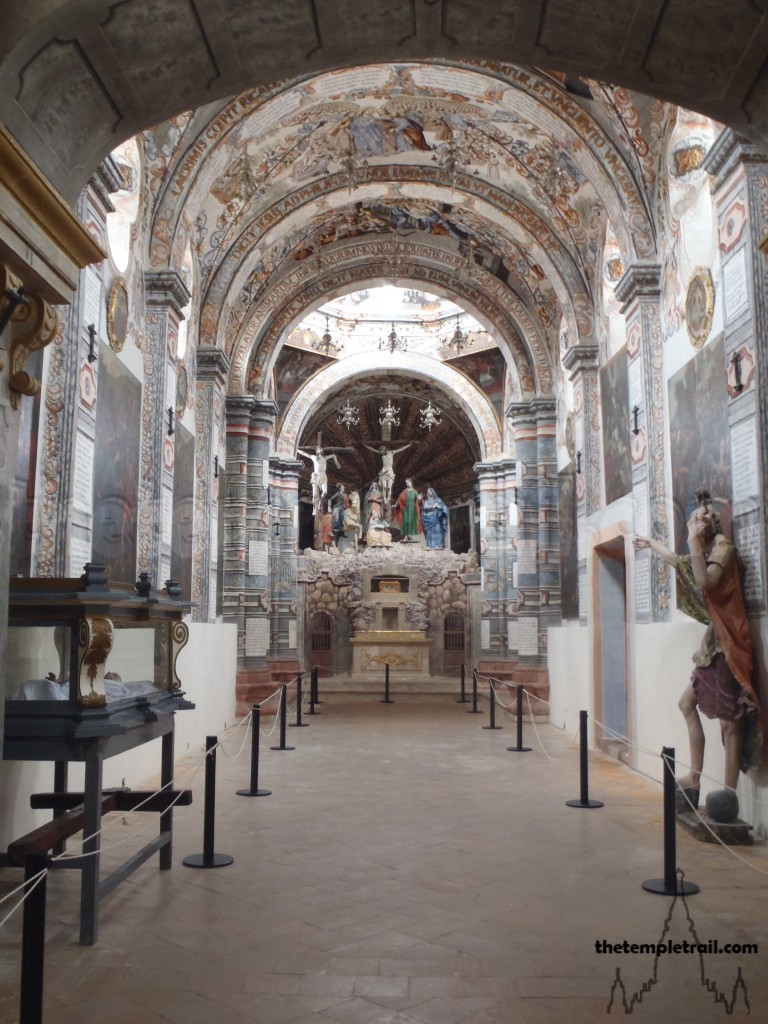
The Capilla de Calvario or Calvary Chapel is a wonder of human artistic achievement. The purely Mexican Baroque style is captivating. It is the largest annex of the sanctuary and, built between 1763 and 1766, Father Neri didn’t survive long enough to see it finished. The walls are unbelievably bestowed with artwork. It is one of the most breathtaking pieces of church artwork in the world. Due to this chapel, Atotonilco gained the name the Sistine Chapel of Mexico; it truly is the crowning glory of the complex. The borders show small scenes in themselves, devil can be seen chasing Christ and he walls are awash with angels and metaphors. The columns feature poems written by Father Neri himself. The cruciform chapel ends with three impressive tableaux of the crucifixion, agony and descent of Jesus Christ. These fill the apse and transept and they are framed in reliefs of shells.
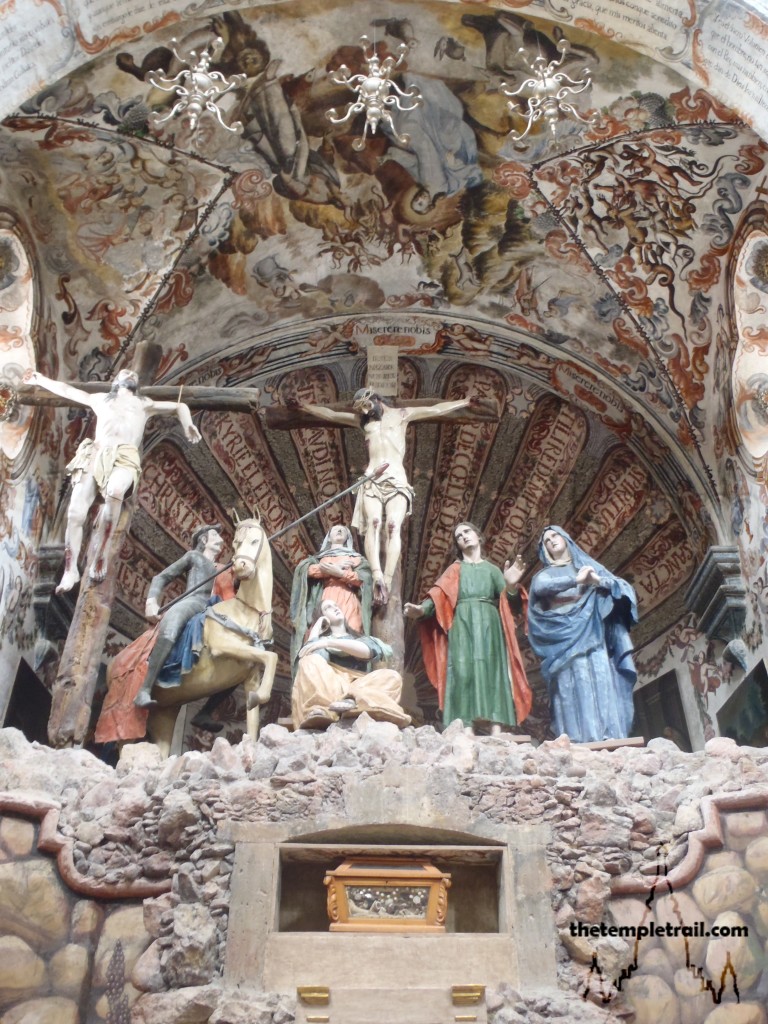
Standing in awe of the fantastic chamber that surrounds you, you almost stumble impotently back out into the atrium. Wandering the annexes of the main chapel, you take in the wonderful sights of the Capilla de Soledad (Chapel of Solitude) with its dark image of Nuestra Señora del los Dolores (Our Lady of Sorrows) and The Capilla de Loreto’s (Loreto Chapel) imagery of the virgin and child.
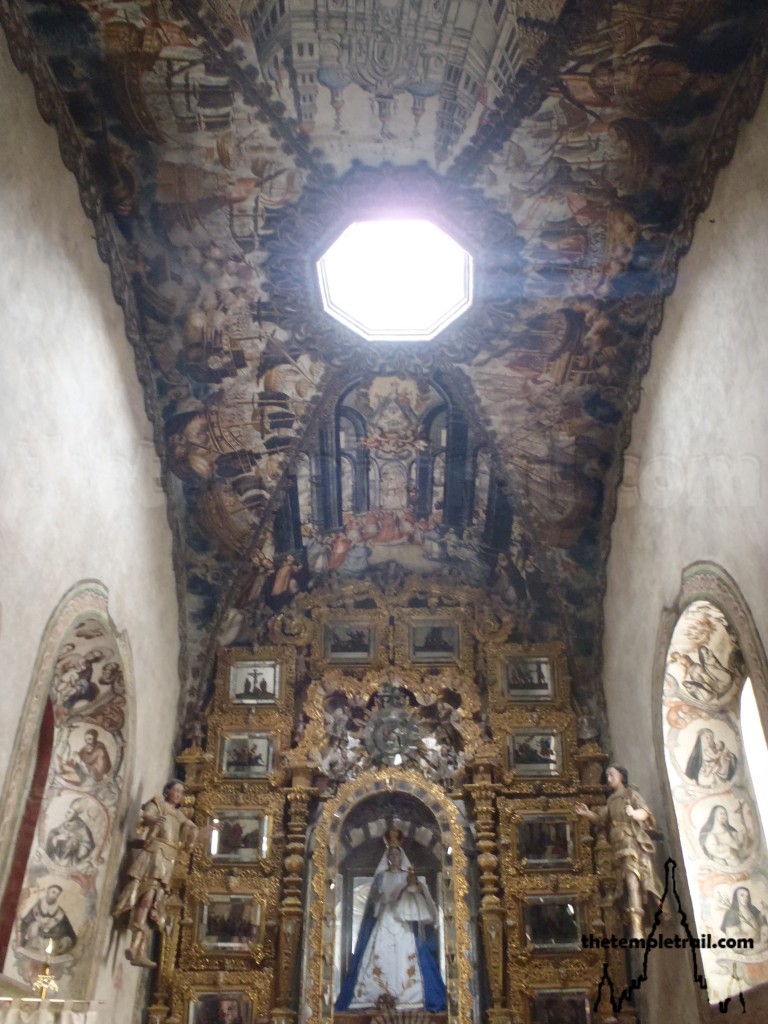
The Capilla del Santo Sepulcro (Chapel of the Holy Burial) is another highlight. The murals date from 1760 and mostly tell the story of the crucifixion and resurrection. As you enter the capilla, you are greeted with a statue of Jesus. The bloody stooped image of Jesus has a lot of precious stones placed on it. Remarkably, they have remained in situ regardless of attacks the church has been subjected to through its history. Perhaps the holiness of the statue has been respected by everyone, or maybe the power of the image is not something people wanted to mess with. Inspecting the artwork on the walls, you see the four cardinal virtues are represented and they add to the theme of fours along with the Four Evangelists (Matthew Mark, Luke and John) and the Four Fathers of the Catholic Church (Ambrose, Jerome, Augustine and Gregory the Great).
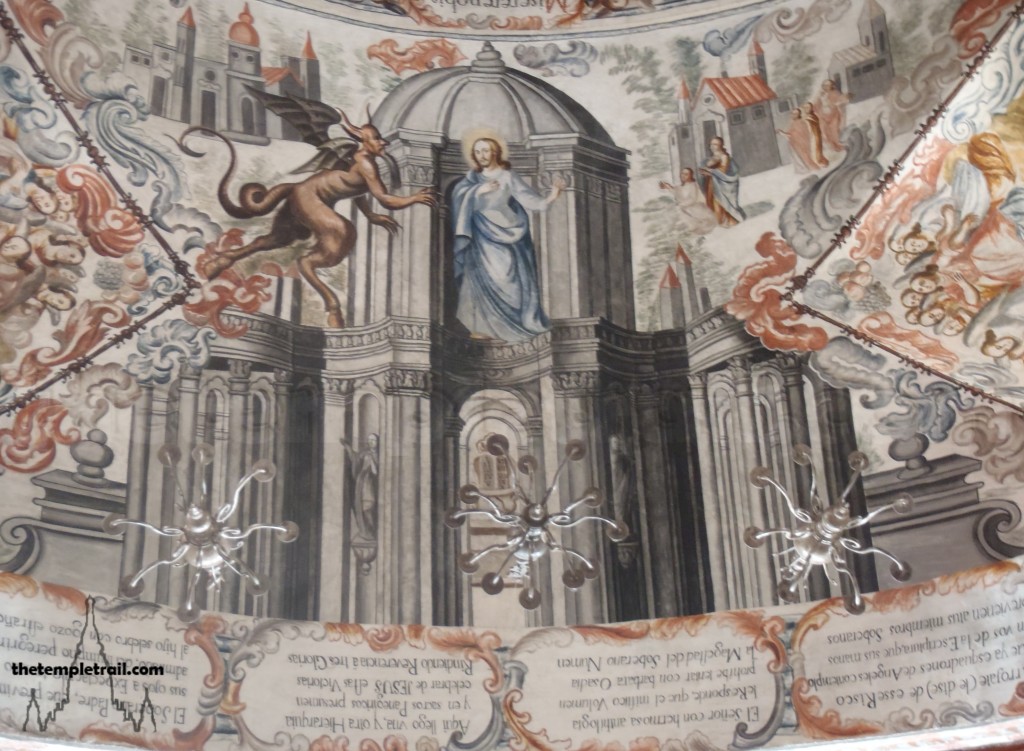
Having gained divine benefaction in the various shrines and sanctuaries, you make your way out of the building. Stepping out of the sanctuary and back into the sunlight, you look up at the white fortress-like walls that reflect the sun and the cupolas that balloon out of the roof. Following the wall around to a small shop building, you briefly talk with the sisters who run it. The nuns look happy and well-fed and their smiles light up the shady room. After seeking refuge for a while, you come back out of the store to your parked car. You get in and drive back through the sweet acacia and mesquite filled landscape to San Miguel de Allende to fully digest the spiritual feast in which you have partaken.
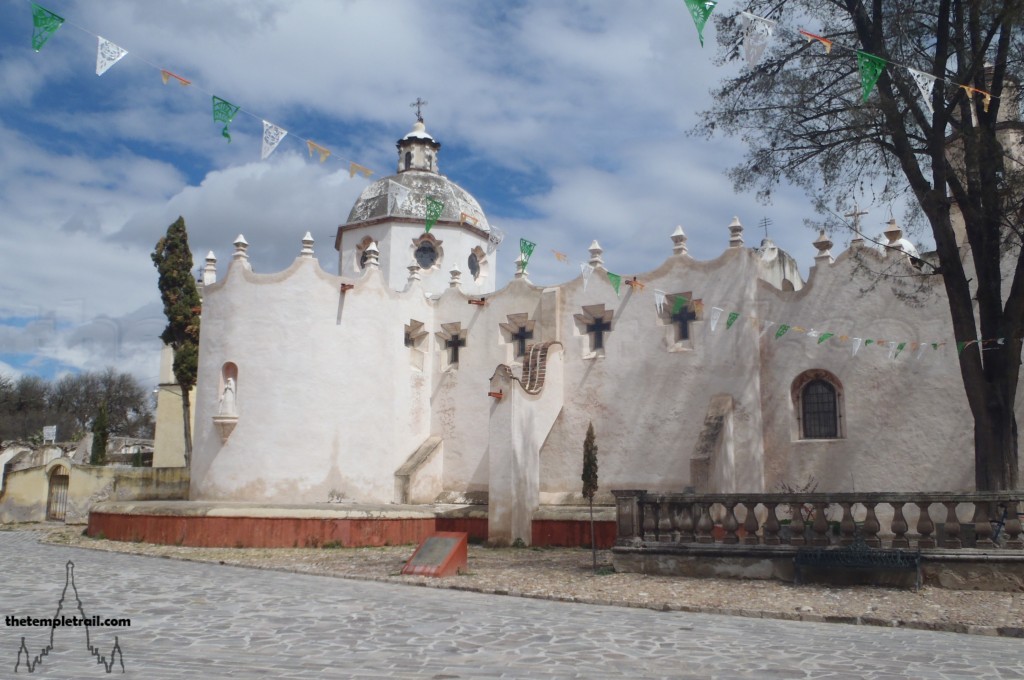

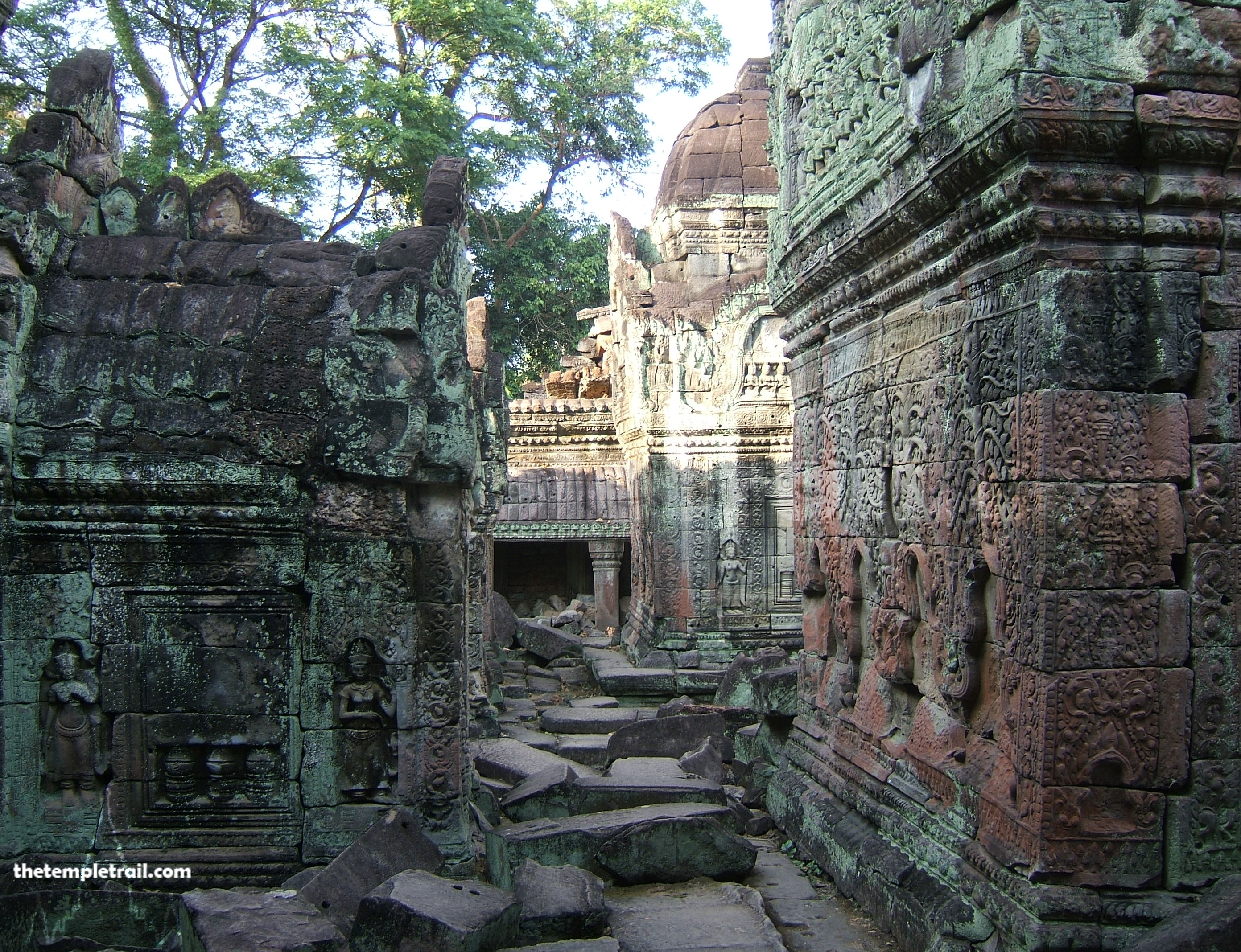 Preah Khan
Preah Khan